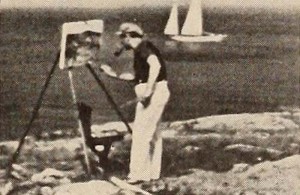
"New England Holiday is the kind of travel film any movie maker should be proud to produce. Replete with human interest and a warm feeling of good fun, this two reel record is distinguished by a wealth of splendid compositions and natural camera treatment. Albert F. Watts has lavished on such typically New England subjects as Gloucester harbor, the fishing fleet or a clam bake the sensitive feeling of an artist for line and mass and the alert understanding of cinematics of a genuine movie maker. Smoothly integrated sequences have been edited with unerring suavity and liveliness, comprising a whole which is both vital and lovely to look at. The production is fundamentally weakened only by a selection of title wordings considerably less spirited and effective than the films which they accompany." Movie Makers, Dec. 1938, 620.
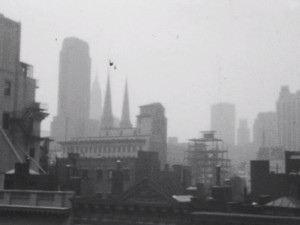
A short pan of downtown New York City.
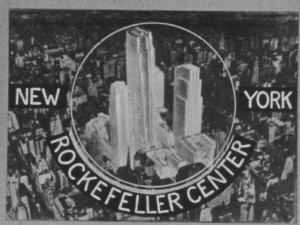
A short film of the New York Rockefeller Center under construction.
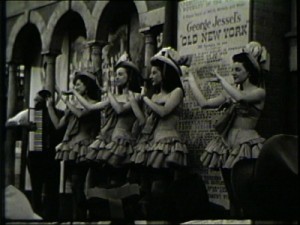
"A clever, artfully-shot, and carefully-edited amateur film of the 1939 New York World's Fair." oldfilm.org
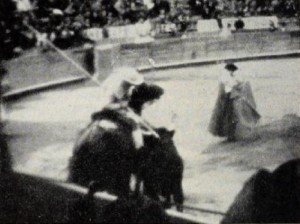
"Although Mexico has become a recurring theme among American movie makers, its varicolored panoramas seem fresh and vital when viewed through the discerning eyes of so capable a film reporter as Esther S. Cooke. She has a fine talent for blending human interest with purely scenic passages, so that Nextdoor Neighbor presents an informative and entertaining pageant of the sights and scenes below the border. Not the least of this producer's potentials are her diligent research, able organization and skillful editing. The more familiar scenes of Mexican life are supplemented here by an admirably detailed coverage of the national sport, bullfighting. Looking at this spectacle as if through Latin eyes, Mrs. Cooke has been able to transmute onto film its stirring pageantry and ritualized passion. A happy choice of Mexican recordings provide a beautifully blended musical score, which reaches its apex in the, bullfight sequence with the haunting and classic La Virgen de la Macarena." Movie Makers, Dec. 1950, 465.
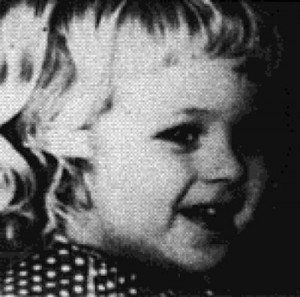
"Once again the Lawlers permit us an intimate glimpse into the lives of their family. Number 10 (boy or girl?) has joined the family and introduces all the brothers and sisters, who, in turn, tell us of their personal doings. The time has come for Number 10 to undergo the ritual of his first haircut. The whole family participates, and each child vividly recalls his or her own experience of the "first haircut." Mother's tears fall as the curls fall, but all is cheerfully forgotten as their beautiful "girl" emerges from the barber's apron a handsome boy. All narration, in each child's voice, is in rhyme, and the charm of the children is heard as well as seen, making this a truly outstanding family film" PSA Journal, Oct. 1963, 40.
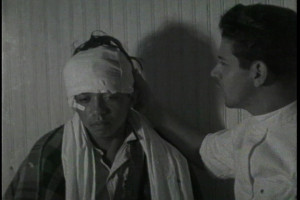
The film chronicles the struggles of young medical interns who had to perform compulsory rural service as part of their medical training.
"L. Clyde Anderson was given an award for Color photography, for 'October By-Ways.' We want to congratulate Mr. Anderson for his selection of colors. It is one of the very first amateur pictures we have seen where color was really properly balanced. There were no harsh notes to distract, but he chose scenes where the ensemble blended and where there was a fine eye-resting blance of color and also color composition. It was obvious that Anderson used haze filters on his outside scenes as the sky does not have that postcard-blue effect, but has been reduced to almost a gray haze which helps the fall colors in the trees and does not take the eye away from the main points of interest." American Cinematographer, Jan. 1937, 37.
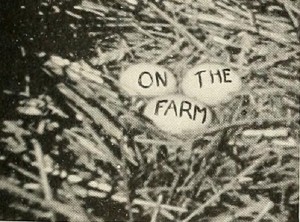
"Sunlight and morning noises, the rich, sweet smell of clover, the hot grain fields at midday and windmills drawing water from the deep earth — these are part of the common life of an Ohio farm that two young girls, Marjean and Mary Elizabeth Headapohl, have put into their film, On the Farm. It is a record as American in feeling as Walderts Pond, even though unconsciously so. Innumerable closeups show the generousness of the earth in Ohio, whether in flowers around the house or in the grain and vegetables of the fields. Day after day, the imponderable clouds drift by. Peas are shelled for dinner; the cows are brought in from the pasture by the collie dog; the farm hands return to the barn after a day of harvesting wheat. There is little more shown, in substance, and presently the film ends. But it leaves one with a conviction that this simple way of life in America cannot easily be changed, and that, as long as people of good hearts make records such as this, we cannot wholly forget that the Republic was founded on the plough." Movie Maker, Dec. 1940, 603-604.
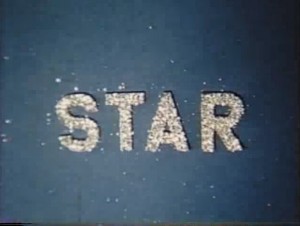
"Footage along the American River that was used to save the American River Parkway." Sacramento Public Library.
Total Pages: 18